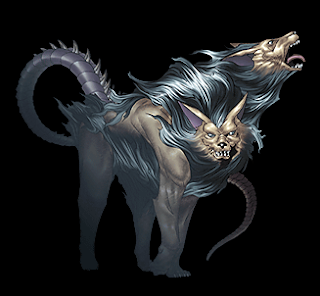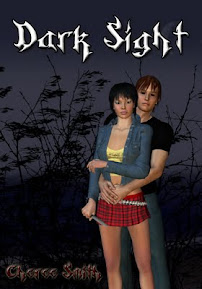Zashiki-warashi is a household spirit resembling a child of either gender from about three to twelve years of age in Japanese legends. It is often said that when this being dwells in a house, its family will be prosperous, but when it leaves, the house will fall into ruin, and also that the zashiki-warashi is never seen except for when it is just about to leave. Its presence however, is often marked by the mischief it does to sleeping people, such as moving pillows about and pulling on the bedding.
There are different kinds of zashiki-warashi which vary in pleasantness, with the chopirako variety being said to be pretty and white in colour, and the notabariko kind being said to crawl out from beneath the dirt flow and creep about, making noises like pounding a mill-stone and causing unpleasant feelings.
To attract and maintain a zashiki-warashi in the home, it is said the spirit must be noticed, appreciated and cared for properly, much in the manner one would raise a child, though too much attention may drive it off. It is said, and varies in different legends, that some people can see the zashiki-warashi, usually this is limited to the inhabitants of the house, mostly the children of the house.
Celebrate the Small Things 26-4-24
1 day ago


















































